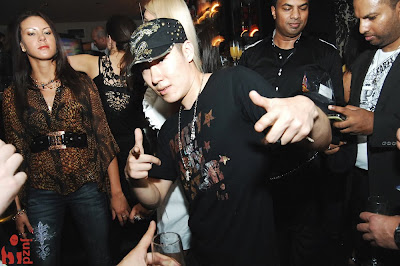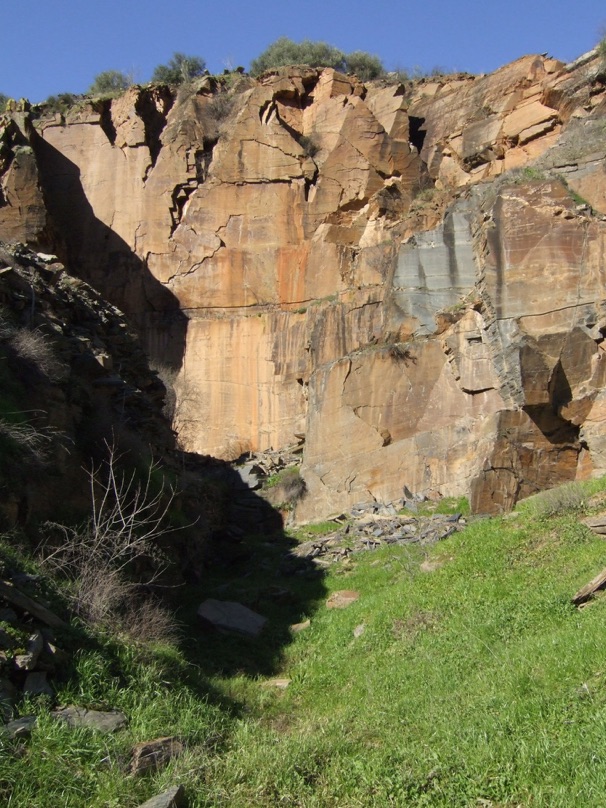

Nevertheless, the latter is clearly not a good idea if the instrument is as big as the child! Children vary in size greatly and no generalization can be made as to the appropriate age for one to start playing clarinet or saxophone. The list included the flute, clarinet and most worryingly, the alto saxophone.

However, I was surprised by what was on offer for 7-year-olds.

In addition, my 8-year-old twin daughters were recently offered the opportunity to take up an instrument of their choosing at their junior school. However, rather surprisingly, several quite small children announced that they were already playing the clarinet in school. With the right encouragement most were able to make a sound on the clarinet. On a recent open day at Liverpool Philharmonic Hall there was an instrument ‘petting zoo’ where children were encouraged to get their hands and mouths on various instruments, including the clarinet. This is not a new argument or discussion and various solutions have evolved. This provided an excellent, and appropriate, introduction to allow them to move on to learning the clarinet. When the child is big enough to cover the holes they can move on to the treble recorder, which has the same fingerings as the low register of the clarinet. Playing the descant recorder gives the player the chance to learn the basic fingerings for the upper register of the clarinet. Few children are able to read a note of music or gain early experience in playing an instrument, which may help foster a future interest in music. What is in an age? What age should children begin playing the clarinet?įor many years the accepted practice was for children to start by playing the recorder in class music lessons. An article by Andrew Roberts in CASS magazine, Winter 2011


 0 kommentar(er)
0 kommentar(er)
